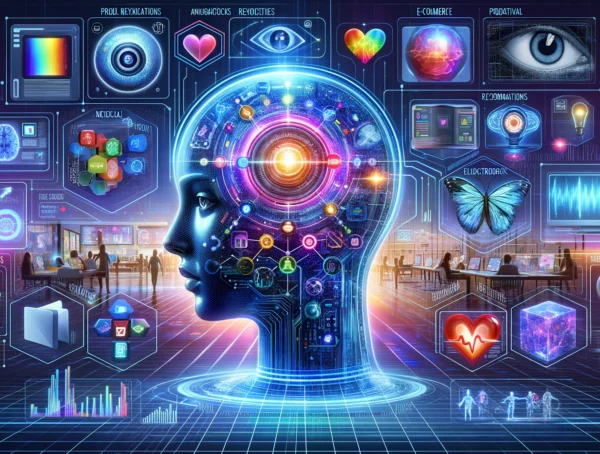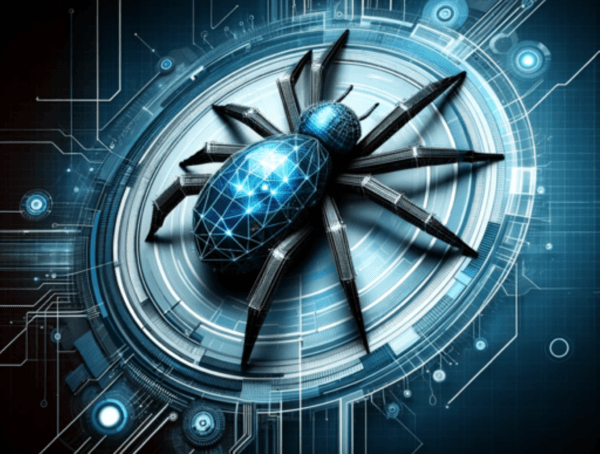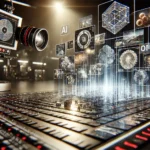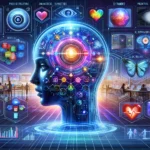Discovering the strength of Generative AI, this guide explores its inner workings, promising applications across industries, societal implications to consider, and more about this transformative technology.
Kick-Off
Artificial Intelligence has interwoven itself into our daily lives, appearing in voice-activated assistants and customized suggestions. Of its various flavors, one that truly captures our attention due to its imaginative capabilities is Generative AI. Still, in its infancy, this technology promises tremendous prospects, potentially reshaping multiple industries and altering our interaction with the digital realm.
Decoding Generative AI
Generative AI is a branch of artificial intelligence that centers around generating novel content. This technology powers AI’s abilities to compose music, draft articles, create artwork, and devise product designs. It operates by learning from colossal amounts of data and producing original content that mirrors the known patterns and structures.
Understanding the Workings of Generative AI
Generative AI’s foundation is neural networks, especially Generative Adversarial Networks (GANs) and transformers. GANs comprise two elements—a generator and a discriminator. The generator manufactures new data instances, which the discriminator assesses for genuineness. The generator continually enhances its creations until the discriminator can no longer differentiate between the model’s output and accurate data.
Transformers, conversely, are models fashioned to process sequential data. They’ve spearheaded numerous advances in natural language processing, including AI text generation tools. They undergo training on extensive datasets, mastering patterns, and structures, which they can mirror when generating fresh content.
Putting Generative AI into Action
Generative AI finds utility across a wide range of sectors:
- Art and Design: AI can now generate art that rivals human-created pieces. It can also offer a helping hand to designers by presenting unique design components and suggestions.
- Content Production: AI writing instruments can churn out articles, narratives, and poetry. These aids can stimulate idea generation, formulate drafts, or mass-produce content.
- Software Crafting: Generative AI can automate aspects of the software creation process, generating or recommending bits of code.
- Gaming: Generative AI can fabricate gaming elements like characters, settings, or entire stages.
The Road Ahead for Generative AI
The horizon for Generative AI is thrilling and expansive. As technology continues to evolve, we can expect to see creations so advanced they’re virtually indistinguishable from those crafted by humans. As it becomes increasingly accessible, its use could expand from professional applications to personal and recreational services.
Frequently Asked Questions
Can you define Generative AI?
Generative AI is a variant of artificial intelligence designed to produce fresh, unique content. It can generate articles, music, designs, and more, having learned the patterns and structures from the data it’s trained on.
How does Generative AI operate?
Generative AI employs neural networks, specifically Generative Adversarial Networks (GANs) and transformers. These networks are trained on large quantities of data, learning to mimic the patterns and structures they observe when fabricating new content.
What are some uses for Generative AI?
Generative AI can find applications in art and design, content creation, software development, and gaming. It can create new artwork, compose articles, recommend code snippets, and design game characters and scenarios.
What does the future hold for Generative AI?
Generative AI is predicted to produce increasingly complex and diverse content as it develops. It has the potential to become an indispensable tool for professionals across various fields, and its use could spread to more personal and recreational domains.
Curiosity Corner
Is Generative AI our future?
Generative AI boasts immense future potential due to its capability to produce diverse and intricate content. As it matures and becomes more widespread, it could leave a significant imprint on various fields, including art, content creation, design, and gaming.
Can AI craft art?
Indeed, with the assistance of Generative AI, AI can produce art. It learns from the patterns and structures in the artworks it’s trained on and leverages this knowledge to create new, original masterpieces.
Wrapping Up
Generative AI symbolizes one of the most thrilling progressions in artificial intelligence. Its capacity to produce new, unique content offers many opportunities, from automating creativity-demanding tasks to fabricating entirely new artworks, designs, or literary pieces. Grasping and navigating this potent technology will be vital to tapping into its full potential and ensuring its ethical use as we stride forward.
You might also like
More from Blog
Artificial Intelligence: Introducing Its Basic in a Nutshell
What is artificial intelligence?A primer on AI, its definition, and its significance.Artificial intelligence (AI) is a branch of computer science …
Skyrocket Affiliate Outreach With AI – Scale Your Biz Now
As the digital landscape evolves, businesses must adapt to remain competitive and foster growth. One aspect that is seeing significant …
AI Discovery Journey: Exploring The World of Artificial Intelligence
Introduction to Generative AIArtificial Intelligence has rapidly transformed from science fiction to a central part of our technological reality. Among …
AI Image Generation: The Ultimate Guide to Creating Stunning AI Art [2024]
AI image generation has revolutionized how we create visual content. In this comprehensive guide, we'll explore Envato's AI ImageGen tool, …
Discover GPT-40 Vision: The Future of AI Innovation
Artificial intelligence is evolving rapidly. OpenAI's latest innovation, GPT-40 Vision, aims to revolutionize our interaction with technology. This AI model …
WebCrawlerGPT: Overview of Key Capabilities for WebCrawling.
WebCrawlerGPT is an advanced AI model that helps users build web crawlers in Python. It offers deep insights into web …



















